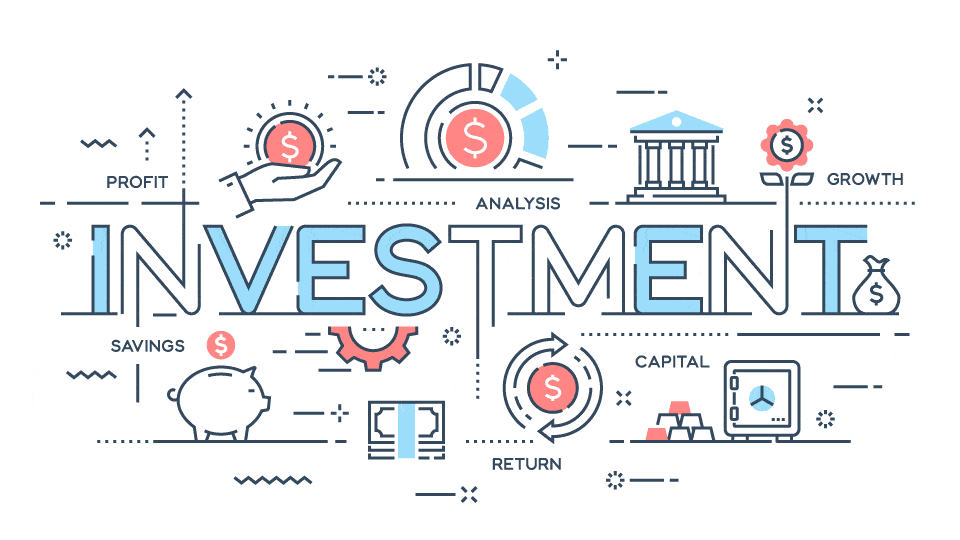INVESTMENT is an interesting topic where most people want to have a grasp of it. Having said that, there is a certain level of risk that one needs to endure during an investment process.
Most people have the mindset that by having less risk, the chances of not losing is higher. This means higher chances of succeeding from the investment they made. After all, when you want to reap better returns, you need to accept higher risk.
It is very common to notice that some people are favourable towards certain investment tools based on their own preference or what they are familiar with.
Most of them are too focused on profit gain without putting much focus on why they invest in the first place. They have this mentality of only focusing on “what if I win” but never think of “what if I don’t”.
For those who adhere to the concept of assessing risk before investing, they will invest in certain types of investment tools by virtue of the outcome of the risk assessment they have done.

In actual fact, there is a missing link here. The risk assessment is only a guide to measure their tolerance on the uncertainty level of a possible investment outcome compared with their desired returns.
The assessment doesn’t take other factors that are equally important into consideration such as time horizon, the stage of life they are in and the investment objectives. The consequence could lead to wrong decisions made and loss of money.
Don’t rush into investment solely based on risk assessment. You may have different types of risk profile when you reassess the risk in different stages of life such as before and after having a family.
The rule of thumb in better managing your risk is to know why you want to invest in the first place. Some of the pertinent questions that you need to review from time to time are:
- What is the purpose of making the investment?
- What is the time horizon for each investment purpose?
- When do you need to cash out the investment money?
- What is the size of the financial loss you are able to withstand?
- What are the available investment tools?
- What is the main role of each investment tool?
- What is the investment plan after considering the above questions?
A portfolio investment planning method is still a preferred option. It is not only very effective for diversifying investment risks but also able to adjust for one’s risk tolerance level through portfolio rebalancing.
Investors can then structure the asset allocation in the portfolio based on their risk profile revealed from the risk assessment.
First thing first, we need to sort out those questions above before constructing a portfolio.
In reality, risk comes from not knowing what you are doing. So spend some time to understand your investment purposes by answering the above questions.
It is always great to start with why – not the how or what – especially when it comes to forming a decision.
Vivian Chow, CFP, is a licensed financial planner with FA Advisory Sdn Bhd.
The views expressed are solely of the author and do not necessarily reflect those of Focus Malaysia.









